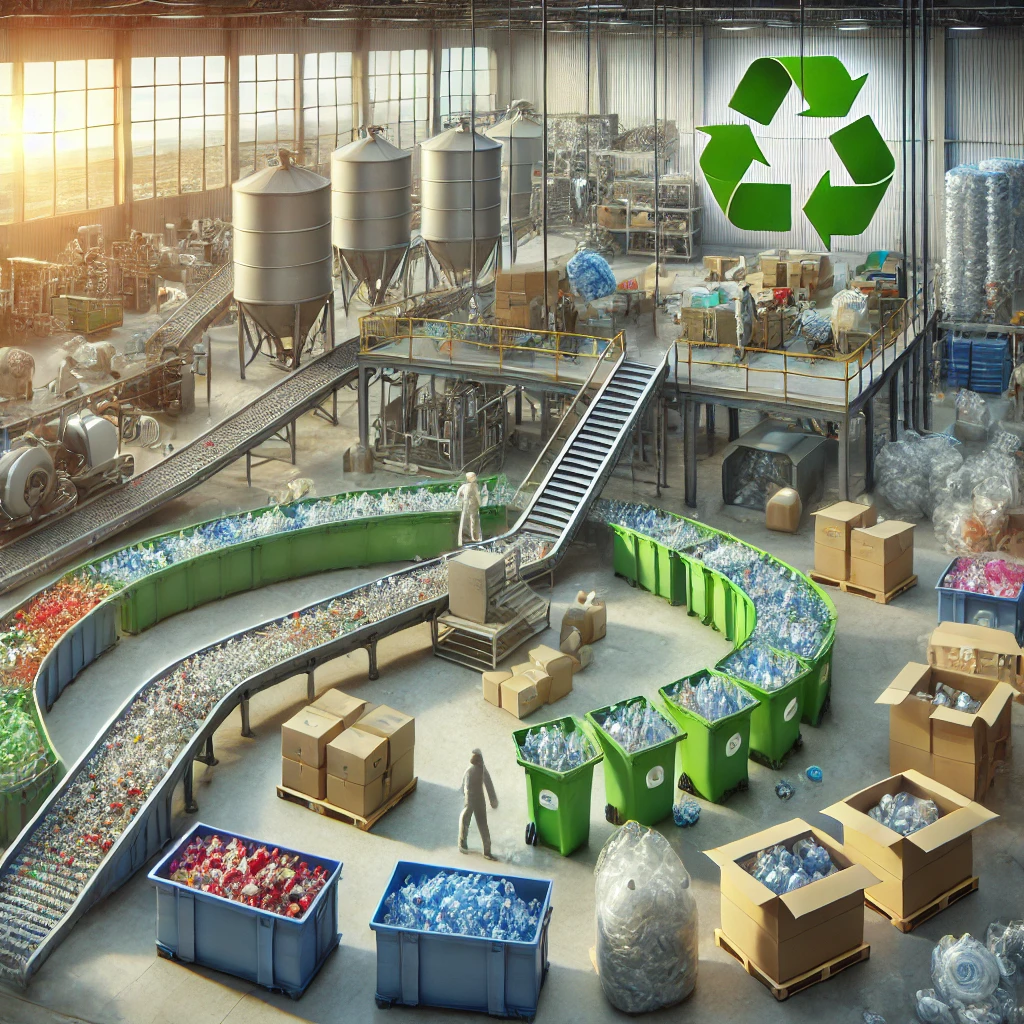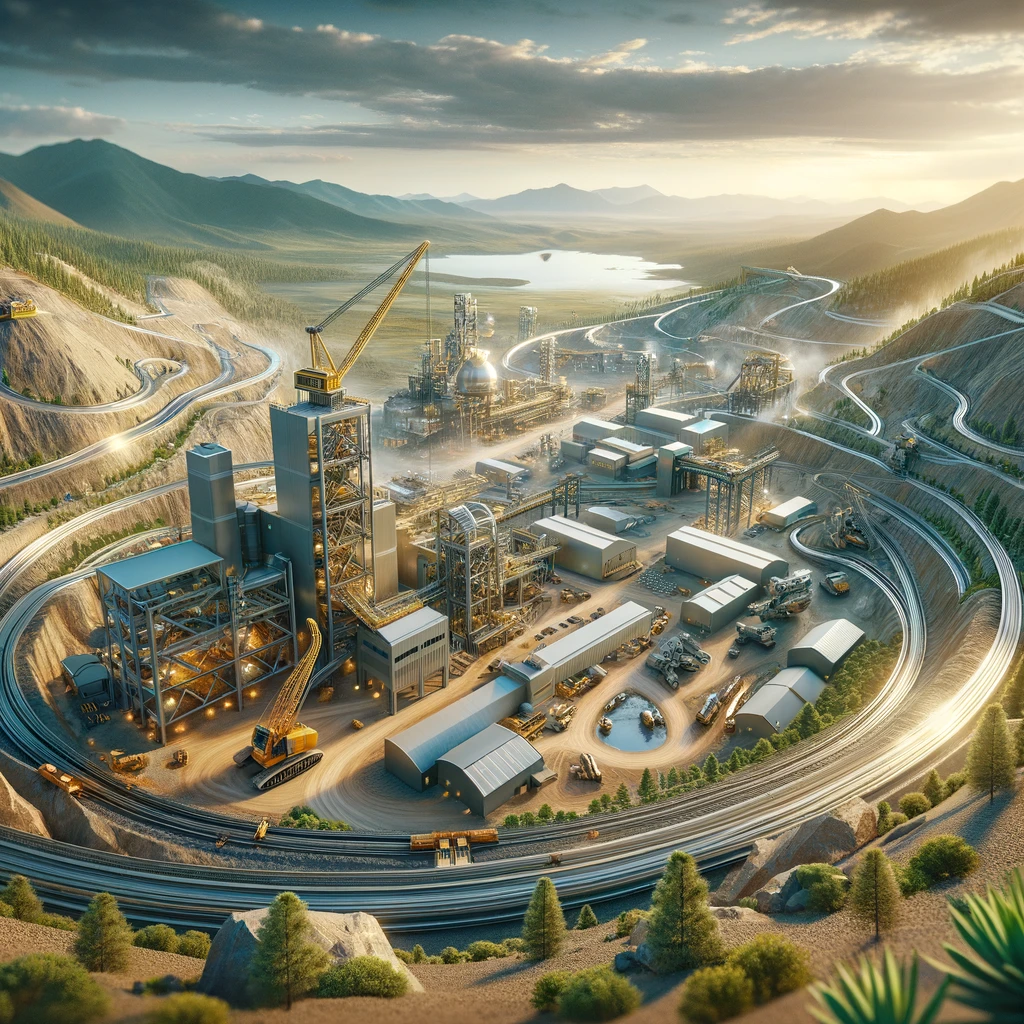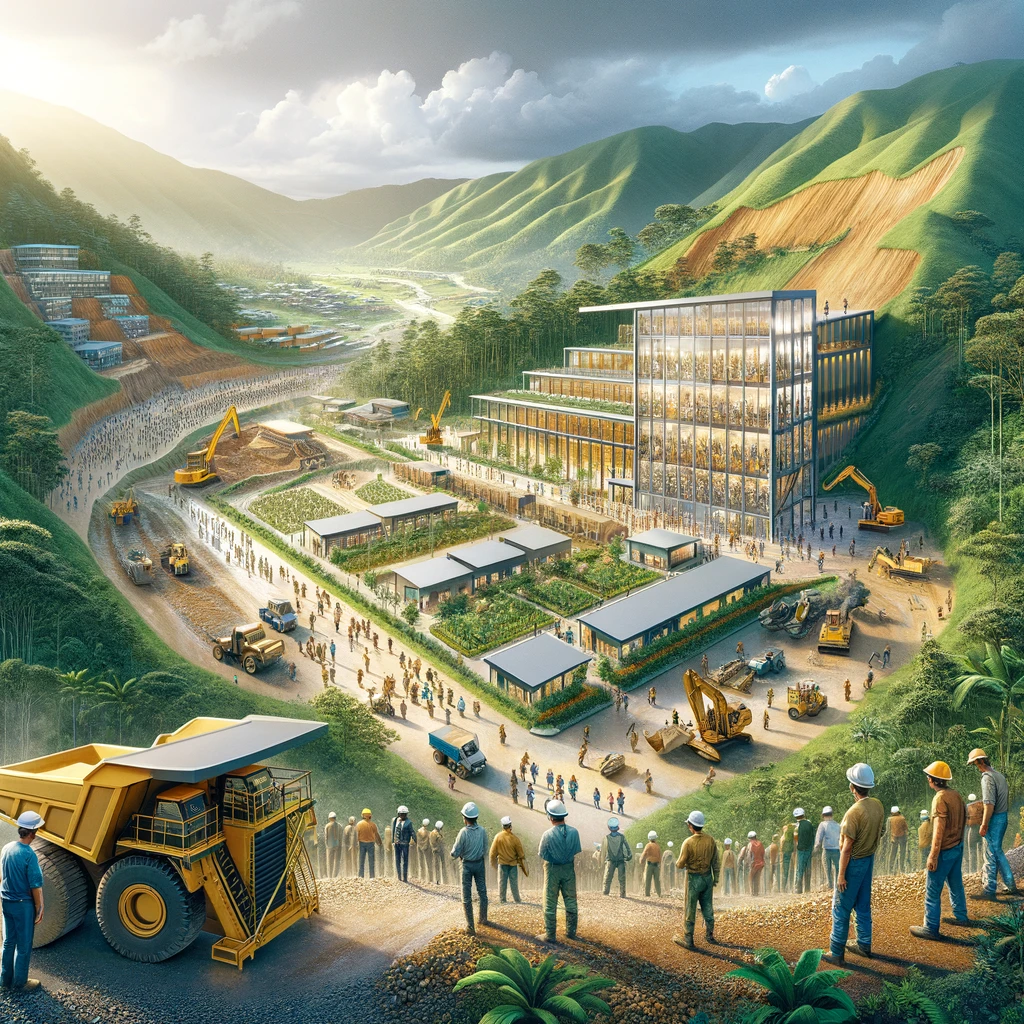In a recent announcement, electric vehicle (EV) giant Rivian Automotive unveiled its performance statistics for the second quarter, with encouraging results and a brightened annual forecast.
Rivian has adjusted its annual vehicle production estimate to 52,000, which is significantly higher than the 50,000 vehicles previously anticipated. This ambitious goal is over double the amount of vehicles the company manufactured the previous year.
During Q2, the company successfully delivered 12,640 EVs, marking a substantial 59% increase from the prior quarter and surpassing last year’s Q2 delivery of 4,467 units. Vehicle production for the quarter also experienced a surge, reaching 13,992 units compared to 4,401 units during the same timeframe in 2022.
Key Financial Highlights:
- Adjusted loss per share stood at $1.08, outperforming the $1.41 predicted by analysts as per Refinitiv.
- Revenues hit $1.12 billion, surpassing the expected $1 billion.
- Although Rivian’s quarterly net loss was recorded at $1.2 billion, it shows a marked improvement from the $1.71 billion loss reported the previous year.
- Q2’s revenue of $1.12 billion reflected a threefold increase from 2022’s $364 million for the same period.
The company’s CEO, RJ Scaringe, expressed optimism about the results, noting that their Q2 performance underscores Rivian’s commitment to refining cost structures. Key advancements were made in cost management for their R1 and EDV vehicle units, covering crucial elements such as materials, overheads, and logistics.
Rivian’s negative gross profit, termed as the gross loss, was marked at $412 million this quarter. This is a significant improvement from the $704 million loss a year prior. Rivian attributes this betterment to augmented production levels and consequent economies of scale, combined with focused efforts in material cost reduction.
Looking forward, Rivian expects to transition into a positive gross profit by 2024. Their cash reserves as of the end of June stood at $10.2 billion, a slight dip from March’s $11.78 billion. With an available credit line of about $1.1 billion, their total liquidity sums up to $11.3 billion.
Rivian has recalibrated its annual capital expenditure forecast to around $1.7 billion, which is a descent from its earlier $2 billion estimate.
Earlier this year, in a strategic move to regulate expenditures and strengthen its financial standing, Rivian undertook several measures. These included a 6% reduction in its workforce in February and a convertible notes sale, which fetched $1.3 billion in March. However, the company decided to postpone the release of its anticipated R2 vehicle platform to 2026.
For the first half of 2023, the company has produced approximately 23,400 vehicles. Rivian’s production lineup includes the R1T pickup, R1S SUV, and a range of electric delivery vans designed for Amazon, all assembled at their facility in Normal, Illinois.
Despite the ongoing global supply chain challenges, Rivian’s progress indicates the company’s resilience and adaptability. Industry experts opine that the EV maker’s successful navigation amidst microchip shortages and raw material price fluctuations demonstrates commendable supply chain management.
One of the pillars of Rivian’s success is its partnership with e-commerce behemoth, Amazon. The collaboration to produce electric delivery vans not only brings consistent business but also showcases Rivian’s capabilities in the commercial vehicle segment.
Furthermore, while the delay in the launch of the R2 vehicle platform to 2026 may have been a strategic move to manage resources, it builds anticipation in the market. Consumers and industry watchers are keenly looking forward to what Rivian has to offer in the coming years, and the delay might build the platform’s market value even further.
Jane Miller, an auto industry analyst, states, “Rivian is playing a long game. Their performance this quarter, amidst global uncertainties, is a testament to their strategic vision and solid execution. The delay in the R2 launch, while seemingly a setback, might be a blessing in disguise, allowing the company to perfect the product and capture a larger market share upon release.”
Rivian’s Illinois facility plays a pivotal role in its growth trajectory. The state-of-the-art facility, formerly a Mitsubishi plant, has undergone extensive modifications to suit Rivian’s innovative production techniques. Its strategic location offers logistic advantages, facilitating efficient distribution across North America.
While the road ahead remains filled with challenges, Rivian seems well-equipped to navigate them. The company’s performance, partnerships, and strategic decisions have positioned it as a significant player in the electric vehicle market, ready to drive into a future of sustainable and efficient transportation.







